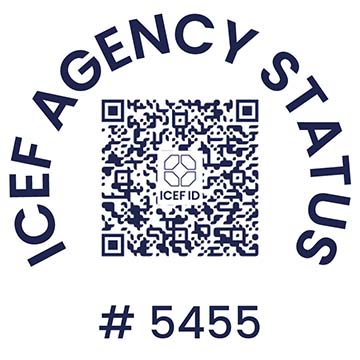Japanese-Language Proficiency Test (JLPT)
The Japanese-Language Proficiency Test (JLPT) has been offered by the Japan Foundation and Japan Educational Exchanges and Services (formerly Association of International Education, Japan) since 1984 as a reliable means of evaluating and certifying the Japanese proficiency of non-native speakers. At the beginning, there were approximately 7,000 examinees worldwide. In 2011, there were as many as 610,000 examinees around the globe, making JLPT the largest-scale Japanese-language test in the world.
Over time, test applicants have become more diverse, and use of JLPT results has expanded from skill measurement to include employment screening and evaluation for promotions and pay raises as well as use as a form of qualification. Many outstanding suggestions for improvement were also submitted by a wide variety of individuals around the world.
To ensure the continuing relevancy and accuracy of the JLPT, the Japan Foundation and Japan Educational Exchanges and Services introduced a revised version of the test in 2010. This new test takes full advantage of the most advanced research in Japanese pedagogy and testing theory, and reflects the vast wealth of data accumulated since the original JLPT was launched over 25 years ago.







